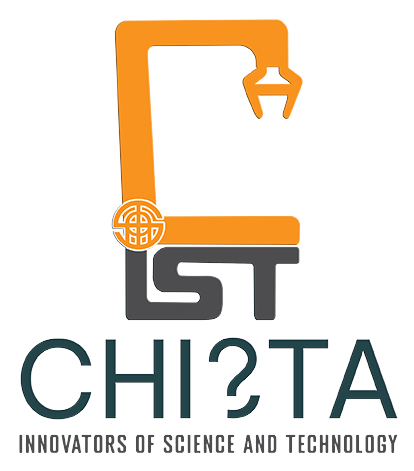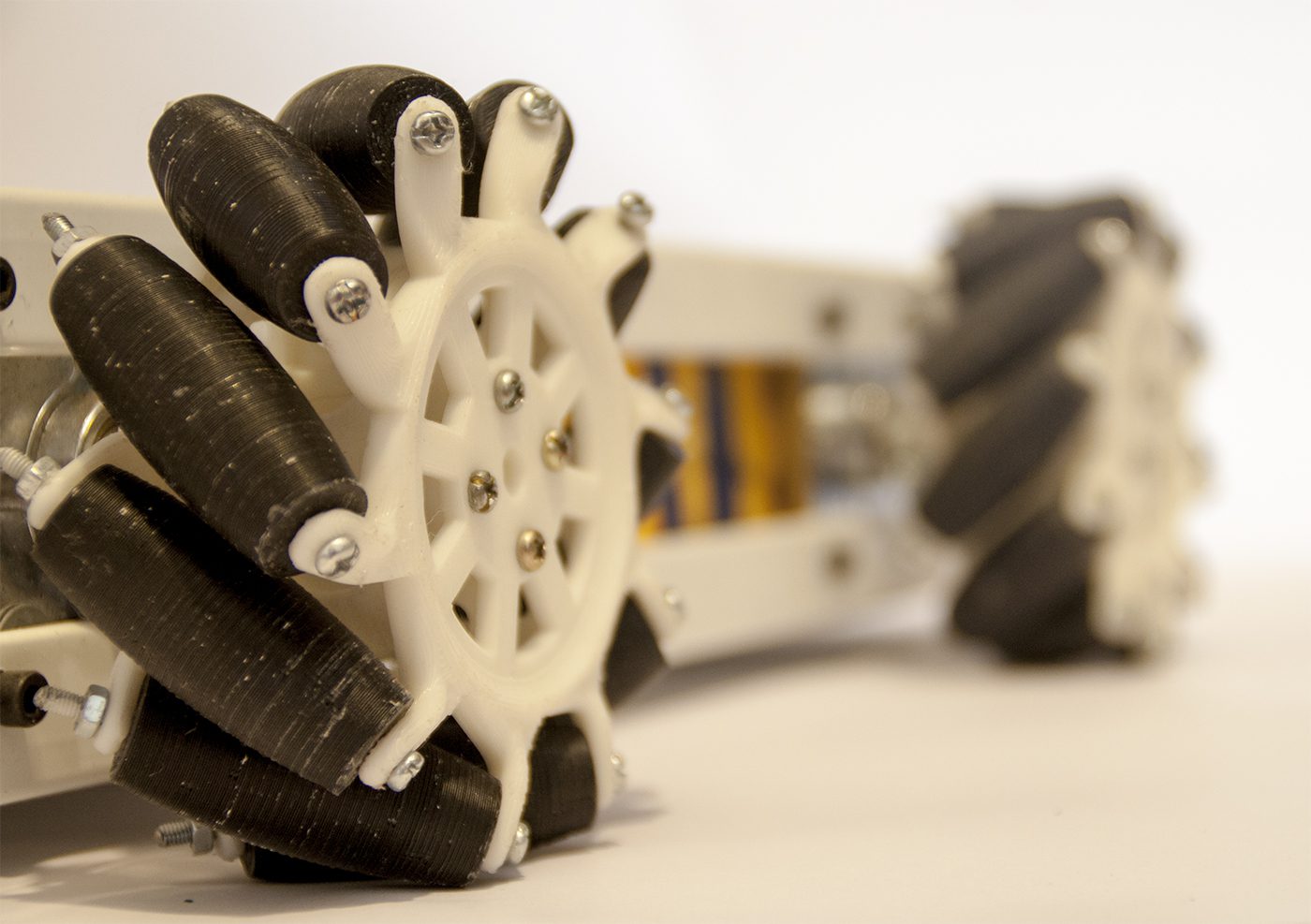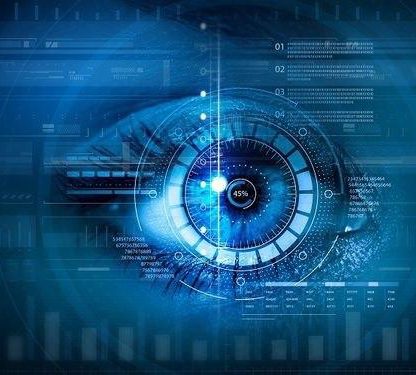Computer vision is an interdisciplinary scientific field that deals with how computers can gain a high-level understanding of digital images or videos. From the perspective of engineering, it seeks to understand and automate tasks that the human visual system can do.
Projects

Real-Time Road Lane Line Detection
The Real-Time Road Lane Line Detection project is an innovative initiative focused on developing a system that can detect and track lane lines in real time, improving the safety and efficiency of driving. The project involves the use of advanced sensors and algorithms to analyze the video feed from a camera mounted on a vehicle, detecting the presence and position of lane lines on the road. The system is designed to be highly accurate and reliable, providing drivers with real-time information about the location and trajectory of their vehicle on the road. Additionally, the project aims to reduce the risk of accidents and improve traffic flow, by providing drivers with early warning of lane departure and facilitating more efficient use of road space. The project highlights the potential of technology to improve road safety and promote sustainable transportation, ultimately benefiting both drivers and society as a whole. Overall, the Real-Time Road Lane Line Detection project represents a powerful and innovative solution for improving the safety and efficiency of driving and has the potential to revolutionize the field of transportation.

Gaze Tracking System for User-Wearing Glasses
The Gaze Tracking System for User-Wearing Glasses project is an innovative initiative focused on developing a system that can accurately detect and track the gaze of users wearing glasses. The project involves the use of advanced sensors and algorithms to detect and analyze the movement of the user’s eyes and head, providing real-time information about their point of focus and gaze direction. The system is designed to be highly accurate and reliable, providing users with a powerful tool for controlling electronic devices, navigating virtual environments, and communicating with others. Additionally, the project aims to improve accessibility and usability for individuals with disabilities, by providing them with a means of interacting with technology and the world around them. The project highlights the potential of technology to improve human-computer interaction and promote inclusivity, ultimately benefiting society as a whole. Overall, the Gaze Tracking System for User-Wearing Glasses project represents a powerful and innovative solution for improving the accessibility and usability of technology and has the potential to revolutionize the field of assistive technology.

Warehouse Robot Categorization of the New Products
The Warehouse Robot Categorization of the New Products project is an innovative initiative focused on developing a robotic system that can efficiently categorize new products in a warehouse setting. The project involves the use of advanced sensors and algorithms to analyze the physical characteristics of new products, such as size, weight, and shape, and categorize them according to their storage requirements. The robot is designed to be highly adaptable and customizable, with the ability to learn and recognize new products quickly and accurately. Additionally, the project aims to improve the efficiency and accuracy of warehouse operations, by reducing the need for manual labor and improving the speed and accuracy of product categorization. The project highlights the potential of robotics and automation for improving the efficiency and productivity of industrial processes, ultimately benefiting both businesses and consumers. Overall, the Warehouse Robot Categorization of the New Products project represents a powerful and innovative solution for improving the efficiency and accuracy of warehouse operations and has the potential to revolutionize the field of logistics and supply chain management.


